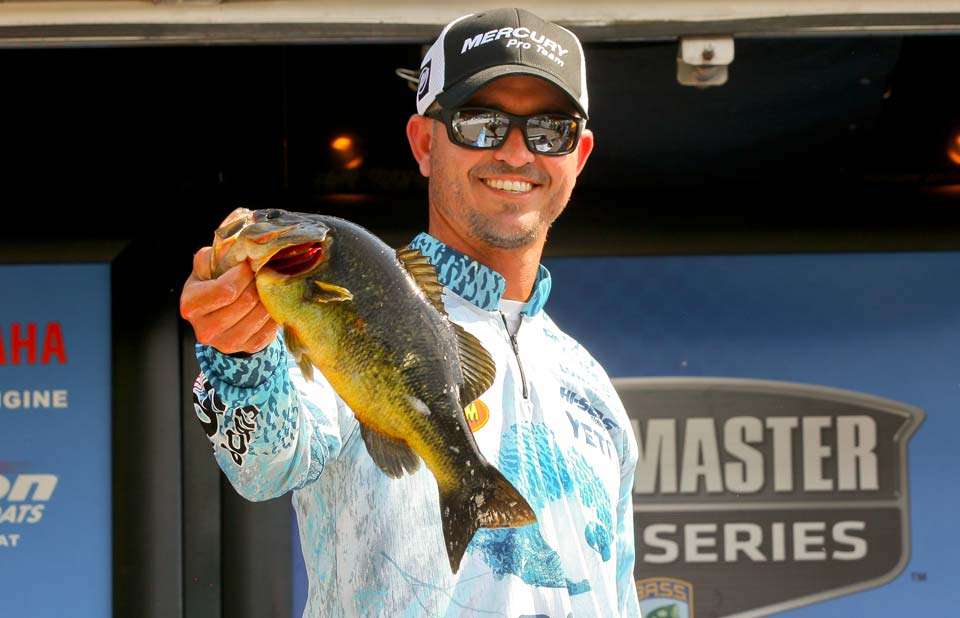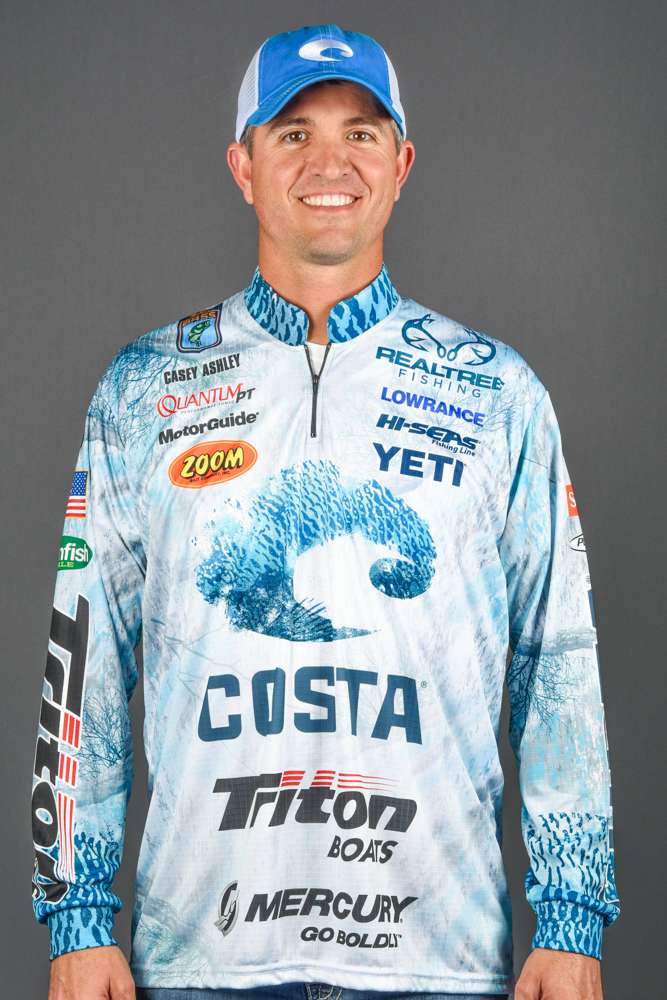
Points, this time of year, it’s all about the points for me.
Everybody knows that I don’t like smallmouth and smallmouth don’t like me; so every year, my goal is to gather as many points as I can in the Toyota Bassmaster Angler of the Year standings before the Elite Series’ northern swing.
Don’t get me wrong, I’m going into every one of our tournaments determined to do my best to put myself in position to win. But I’m not going to lie; I’m thrilled to come out of the Mississippi River event with a Top 12 and a bunch of points.
Now, just like on the Sabine River, I did well on the Mississippi because I love fishing shallow. But one thing I have to say about the Mississippi is that the difference between catching 2-pounders and 2 1/2-pounders is night and day, and if you mix a 4- or 5-pounder in there, that will carry you up 30 places.
The key for me was covering enough water to find areas that had big fish. During practice I was catching them good on a swim jig around grass, wood, rock and anything with a defined edge. This all changed during the event because the water started coming up, and the fish started relating more to the bank’s hard cover.
I kept adapting as the water rose, and I found an area with some really good fish. I figured out how to catch them on the first day of the tournament; I couldn’t catch them the second day. On Day 3 I caught 18 pounds, and on the final day, it just didn’t work out.
The water came up 3 feet from the start of the tournament, so it was a constant change throughout the event. Areas that were hard lines the day before were no longer hard lines. You had to keep hunting them, whether it was rock, or wood, or a hard line of reeds.
You couldn’t just aimlessly fish that outside grass line anymore because the fish went with the water. It was textbook fishing, but you had to stay on top of it.
If I had to pick one scenario that was consistent, it would be rock and grass. This became less productive as the tournament went on, but you could still catch fish on it because rock is the hard line.
When you fish a rising water scenario, current plays an important role because it gets into places it doesn’t normally get. This was a good fit for me because I like to fish new water, and it was like a new lake each day that we blasted off.
For one thing, the normal eddies that you’d see going down a bank were getting covered when the rising water would blow over them. With nothing to position on, the fish that were using those eddies would tuck up into the grass, and they just don’t bite.
Another point was the color line that formed outside the shallow backwater ponds that you couldn’t quite get into yet. The river was high enough and the current was stong enough that it was drawing water out of it. So those clear water lines were a big key for me on Day 1.
I caught a lot of my fish on a Green Fish swim jig with a Zoom Z-Craw Jr. I threw a 1/4-ounce swim jig in green pumpkin/orange in shallow, clear water situtions and a 3/8-ounce black and blue swim jig in deeper areas. As the week went on and the current got stronger, I had to flip Z-Craw in current breaks on stumps and blowdowns.
I can’t say that the Mississippi River made it easy on me, but getting out of there with a Top 12, I’m stoked about it.

